The second multiplex or RTRS-2 is the Russian Television and Radio Broadcasting Network-2, a free package of digital television channels. It is transmitted almost throughout the Russian Federation, with the exception of sparsely populated or hard-to-reach areas. Currently, the third multiplex or RTRS-3 is being prepared for launch.
Second digital multiplex
Digital broadcasting of the second multiplex package was carried out in each region of the Russian Federation during 2019. They cover more than 98% of the entire territory of the country. For remote and sparsely populated areas, viewing channels is possible using satellite television.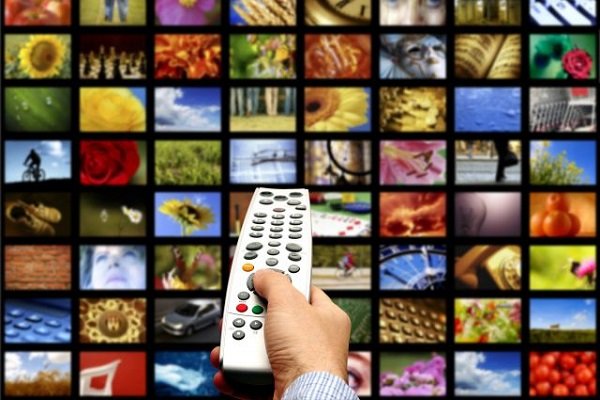
What channels are included in RTRS-2?
The channels included in the second multiplex, from 2012 to 2015, were competitively selected by the Federal Commission on Television and Radio Broadcasting. Their list is approved by Roskomnadzor:
- “Home”;
- “Star”;
- “World”;
- “Muz TV”;
- “Friday”;
- “RenTV”;
- “Saved”;
- “STS”;
- “TV-3”;
- “TNT”.
Basically, these are specialized or entertainment-oriented channels.
The specifics of RTRS-2 is that it does not include broadcasting.
Frequencies
The channels included in the second multiplex received
operating frequencies in the decimeter range from 470 MHz to 862 MHz. To configure the reception of a package of TV channels, also use the following technical characteristics:
- the main format is DVB-T2;
- the current standard definition format is SDTV;
- the operating frequency of broadcasting is 498 MHz.
To receive a signal in each region, different frequencies are used in the range from 471 to 950 MHz, that is, from 21 to 80 television channels with an assigned frequency section. Correspondence is shown in the table below. Use its data when setting up a second multiplex in your area. It is enough to know the channel number on which the digital signal is broadcast, and enter its number when searching:
| channel number | Center frequency (MHz) | Central wavelength (cm) |
| 21 | 474.5 | 63.2 |
| 22 | 482.5 | 62.2 |
| 23 | 490.5 | 61.2 |
| 24 | 498.5 | 60.2 |
| 25 | 506.5 | 59.2 |
| 26 | 514.5 | 58.3 |
| 27 | 522.5 | 57.4 |
| 28 | 530.5 | 56.6 |
| 29 | 538.5 | 55.7 |
| thirty | 546.5 | 54.9 |
| 31 | 554.5 | 54.1 |
| 32 | 562.5 | 53.3 |
| 33 | 570.5 | 52.6 |
| 34 | 578.5 | 51.9 |
| 35 | 586.5 | 51.1 |
| 36 | 594.5 | 50.4 |
| 37 | 602.5 | 49.8 |
| 38 | 610.5 | 49.1 |
| 39 | 618.5 | 48.5 |
| 40 | 626.5 | 47.9 |
| 41 | 634.5 | 47.3 |
| 42 | 642.5 | 46.7 |
| 43 | 650.5 | 46.1 |
| 44 | 658.5 | 45.6 |
| 45 | 666.5 | 45.0 |
| 46 | 674.5 | 44.5 |
| 47 | 682.5 | 44.0 |
| 48 | 690.5 | 43.5 |
| 49 | 698.5 | 43.0 |
| fifty | 706.5 | 42.5 |
| 51 | 714.5 | 42.0 |
| 52 | 722.5 | 41.5 |
| 53 | 730.5 | 41.1 |
| 54 | 738.5 | 40.6 |
| 55 | 746.5 | 40.2 |
| 56 | 754.5 | 39.8 |
| 57 | 762.5 | 39.3 |
| 58 | 770.5 | 38.9 |
| 59 | 778.5 | 38.5 |
| 60 | 786.5 | 38.1 |
| 61 | 794.5 | 37.7 |
| 62 | 802.5 | 37.4 |
| 63 | 810.5 | 37.0 |
| 64 | 818.5 | 36.7 |
| 65 | 826.5 | 36.3 |
| 66 | 834.5 | 36.0 |
| 67 | 842.5 | 35.6 |
| 68 | 850.5 | 35.2 |
| 69 | 858.5 | 34.9 |
| 70 | 866.5 | 34.6 |
| 71 | 874.5 | 34.3 |
| 72 | 882.5 | 33.9 |
| 73 | 890.5 | 33.6 |
| 74 | 898.5 | 33.3 |
| 75 | 906.5 | 33.0 |
| 76 | 914.5 | 32.8 |
| 77 | 922.5 | 32.5 |
| 78 | 930.5 | 32.2 |
| 79 | 938.5 | 31.9 |
| 80 | 946.5 | 31.7 |
Third multiplex – launch in 2020
RTRS-3 continues the line of digital television channel packages received throughout the country.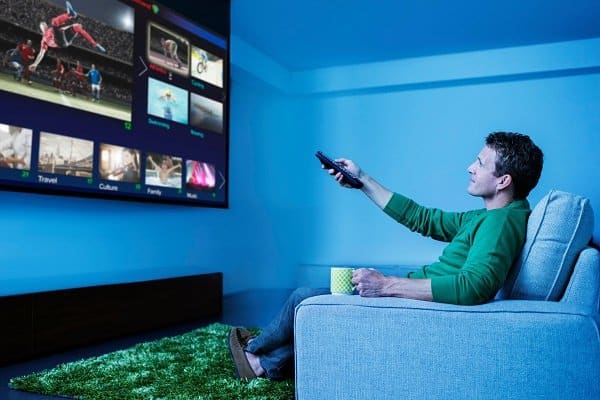
When and where is the launch planned?
The launch of the broadcasting of the third multiplex in the Russian Federation is planned for 2020-2021. Currently, the pilot version of the RTRS-3 digital package is available to residents of Moscow and the Moscow region at a frequency of 578 MHz (TV channel 34).
The Republic of Crimea is already broadcasting its own third multiplex. The package includes several local broadcasting channels.
What channels will be included in the third multiplex?
It is currently impossible to say for sure which channels will be included in the third package. Both central and regional TV channels can enter. Roskomnadzor issued licenses for the right to broadcast in the third multiplex to more than 40 television and radio companies. List of channels that are broadcast in Moscow:
| Position | Name | Channel number | Frequency (MHz) | Broadcast time |
| one | Sport 1 | 34 | 578 | around the clock |
| 2 | Sports 2 | 34 | 578 | 00:00-06:00 |
| Fight club | 34 | 578 | 06:00-12:00 | |
| My planet | 34 | 578 | 12:00-18:00 | |
| Science 2.0 | 34 | 578 | 18:00-00:00 | |
| 3 | Russian novel | 34 | 578 | 00:00-05:00 |
| Russian bestseller | 34 | 578 | 05:00-10:00 | |
| Russian detective | 34 | 578 | 10:00-15:00 | |
| Story | 34 | 578 | 15:00-20:00 | |
| cartoon | 34 | 578 | 20:00-00:00 | |
| four | Sundress | 34 | 578 | 00:00-12:00 |
| Country | 34 | 578 | 12:00-00:00 | |
| 5 | living planet | 34 | 578 | 00:00-06:00 |
| IQ HD (SD quality) | 34 | 578 | 06:00-09:00 | |
| 24 Doc | 34 | 578 | 09:00-12:00 | |
| Techno 24 | 34 | 578 | 12:00-15:00 | |
| Mother | 34 | 578 | 15:00-18:00 | |
| NST | 34 | 578 | 18:00-21:00 | |
| Amusement park | 34 | 578 | 21:00-00:00 | |
| 6 | Moscow. Confidence | 34 | 578 | 00:00-12:00 |
| euronews | 34 | 578 | 12:00-00:00 | |
| 7 | Music of the First | 34 | 578 | 08:30-01:30 |
| Home Cinema | 34 | 578 | 01:30-02:30 | |
| Time | 34 | 578 | 02:30-04:30 | |
| telecafe | 34 | 578 | 04:30-06:30 | |
| Beaver | 34 | 578 | 06:30-08:30 | |
| eight | 365 days TV | 34 | 578 | 00:00-02:00 |
| TNT-Comedy | 34 | 578 | 02:00-04:00 | |
| Lots of TV | 34 | 578 | 04:00-06:00 | |
| HD Life (SD quality) | 34 | 578 | 06:00-08:00 | |
| STV | 34 | 578 | 08:00-10:00 | |
| India TV | 34 | 578 | 10:00-12:00 | |
| Fighter | 34 | 578 | 12:00-14:00 | |
| Comedy TV | 34 | 578 | 14:00-16:00 | |
| La Minor | 34 | 578 | 16:00-18:00 | |
| Male cinema | 34 | 578 | 18:00-20:00 | |
| Kitchen TV | 34 | 578 | 20:00-22:00 | |
| Auto Plus | 34 | 578 | 22:00-00:00 | |
| 9 | lifenews | 34 | 578 | around the clock |
| ten | Our football | 34 | 578 | blocked |
There are about 40 channels in total, but not all of them have round-the-clock broadcasting. In the package, their schedule is compiled in accordance with the broadcast time of 10 channels throughout the day.
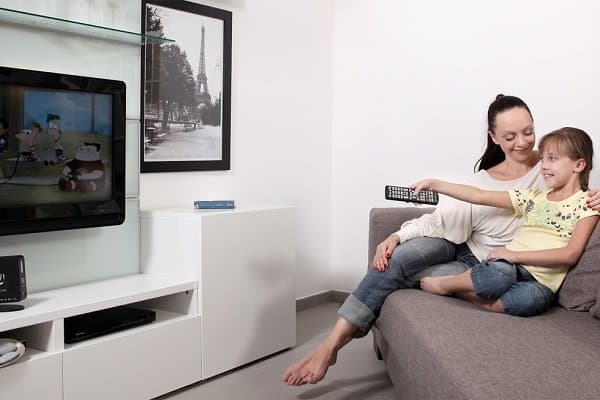
What are the startup problems?
To start the work of RTRS-3 throughout Russia, it is necessary to solve a number of tasks:
- Channel selection . The main criteria they must meet are:
- the possibility of analog broadcasting;
- high rating among viewers;
- a large proportion of original content, the creation of their own programs, series, cycles of author’s products;
- sustainable receipt of cash flows at present, no financial problems in the future;
- the possibility of round-the-clock broadcasting.
- Free frequencies . Currently, many of them are occupied by regional analogue channels. The problem will be solved with the termination of analogue broadcasting by the announced deadline of June 3, 2020.
- Funding . The participation of budgetary sources of various levels in the amount of 70-80% is planned. There is a possibility that the entire third multiplex will be paid.
- Ability to broadcast regional channels . The cessation of analogue broadcasting will deprive many local television and radio companies of the opportunity to go on the air. A method is being developed to include regional and regional channels in the third multiplex.
https://youtu.be/YBnyHJXWIaA
How to connect and configure the second / third multiplex?
The procedure for setting up the TV to receive the second or third multiplex depends on the type of TV receiver. If you have a digital TV that accepts DVB-T2 digital format, channel tuning is carried out according to the standard sequence, which is described in the user manual. You do not need to purchase additional digital equipment.
Check if your TV receiver receives the signal of the required format in the instructions for your device. The equipment is also marked with the “DVB-T2” logo.
For digital receivers that do not accept
the DVB-T2 format , or for analog TVs, an additional decimal set-top box is required. When choosing it, consider the following:
- look for the “DVB-T2” logo on the console;
- the prefix must have control buttons “Start” and channel switching;
- check if there are RCA and HDMI outputs for connecting to a TV, a USB connector for connecting a flash drive or hard drive;
- sometimes an additional adapter to a SCART connector is required if the TV does not have RCA and HDMI;

- RCA-RCA cable and a separate power adapter are required in the device package;

- it is desirable that the control panel of the set-top box is convenient in size for use;
- playback sound support format – Dolby Digital, multimedia formats – MPEG-4 (AVC / H.264), USB PVP, SD / HD and others.

The antenna for receiving the signal can be collective decimeter. In its absence, if you are at a close distance from the TV tower, a room decimeter antenna is enough. If you are away, you need
a TV signal booster .
Connection and configuration of the second multiplex:
- If the set-top box is not needed (a DVB-T2 tuner is built into the TV):
- Disconnect the TV from the power supply.
- Connect the antenna cable to the antenna input of the TV receiver.
- Connect the TV to the mains and turn it on.
- Turn on the digital tuner through the menu using the settings.
- According to the instructions for the TV, perform automatic or manual channel tuning.
- When connecting with a set- top box :
- Disconnect the TV receiver from the power supply.
- Connect the antenna cable to the antenna input on the digital set-top box. Connect the RCA-RCA cable to the connectors on the TV and digital set-top box according to the color coding. If you use an HDMI cable, the picture quality will improve.
- Connect the TV to the power supply, turn it on.
- Select the appropriate input source for your cable connection: HDMI, AV, SCART, etc.
- Search for digital channels in automatic or manual modes according to the user manual for your device.
Connection diagram: Setting up digital channels on the example of a Samsung TV is shown in the video:
Setting up digital channels on the example of a Samsung TV is shown in the video:
Digital television in Russia is developing, the number of broadcast channels is increasing. 20 television and radio broadcasting channels are broadcast in digital format as part of the first and second multiplexes. The connection of the third multiplex will significantly expand the broadcasting possibilities.




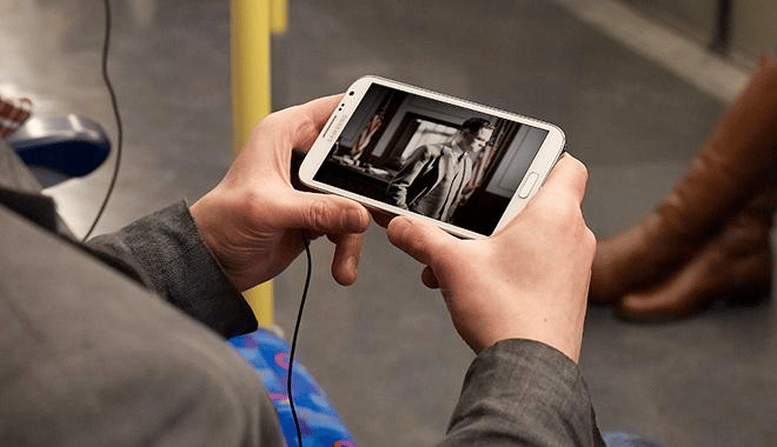
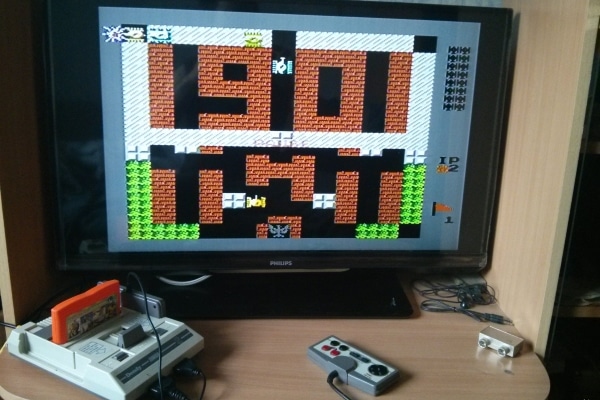
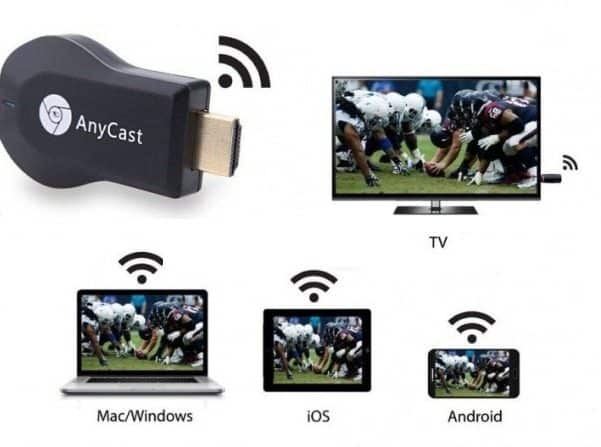
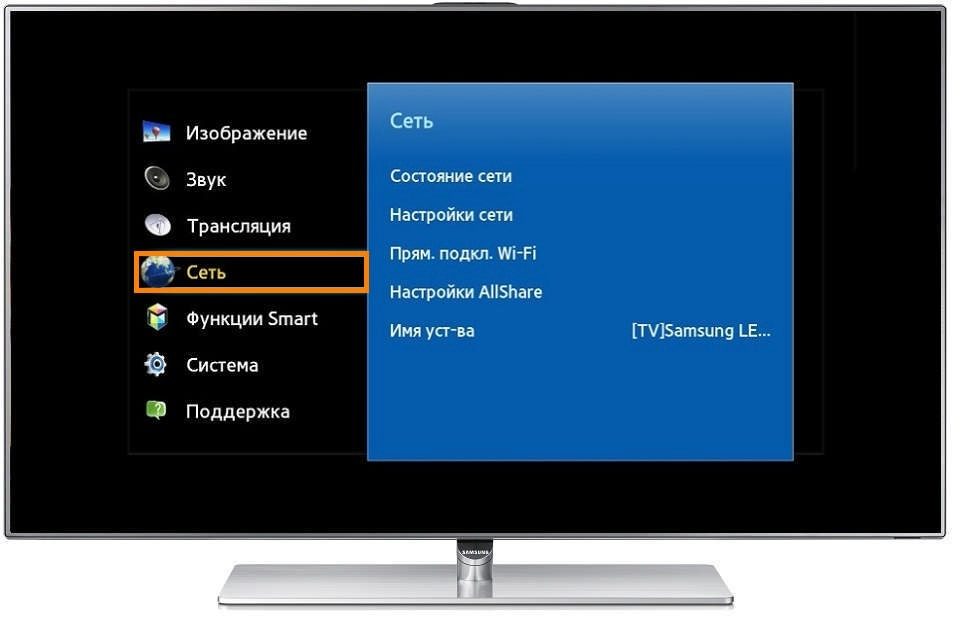
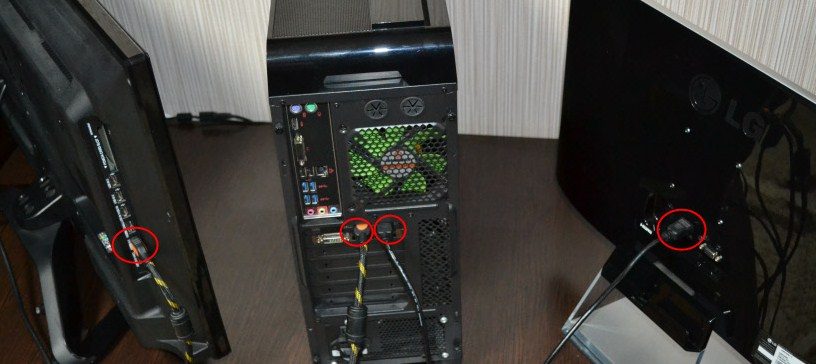
Отличная статья! Пришлось докупать дополнительный переходник на SCART-разъём, настроили цифровые каналы, алгоритм действий подробно и доступно описан, очень полезно, спасибо.
Наконец-то добавили себе каналы, которых не было ранее у нас! Даже мне, женщине, легко было разобраться в настройках, а мужу, как мужчине, все настроить). И переходник нужный нашелся к приставке. Спасибо за такую очень информативную статью! Сайт добавила себе в закладки.
Чем Москва лучше? В стране много других городов, где хотели бы смотреть третий мультеплекс 🙁 Несправедливо получается